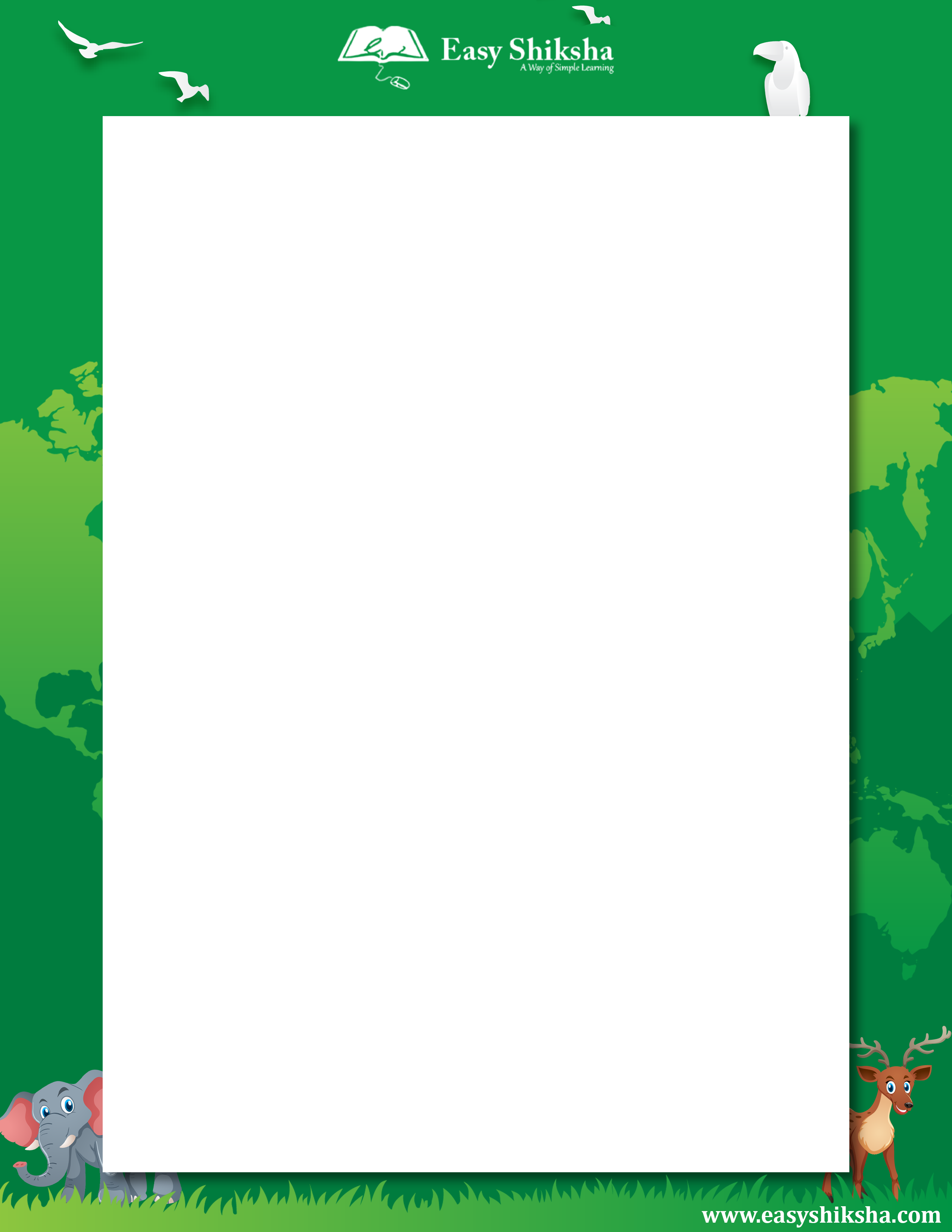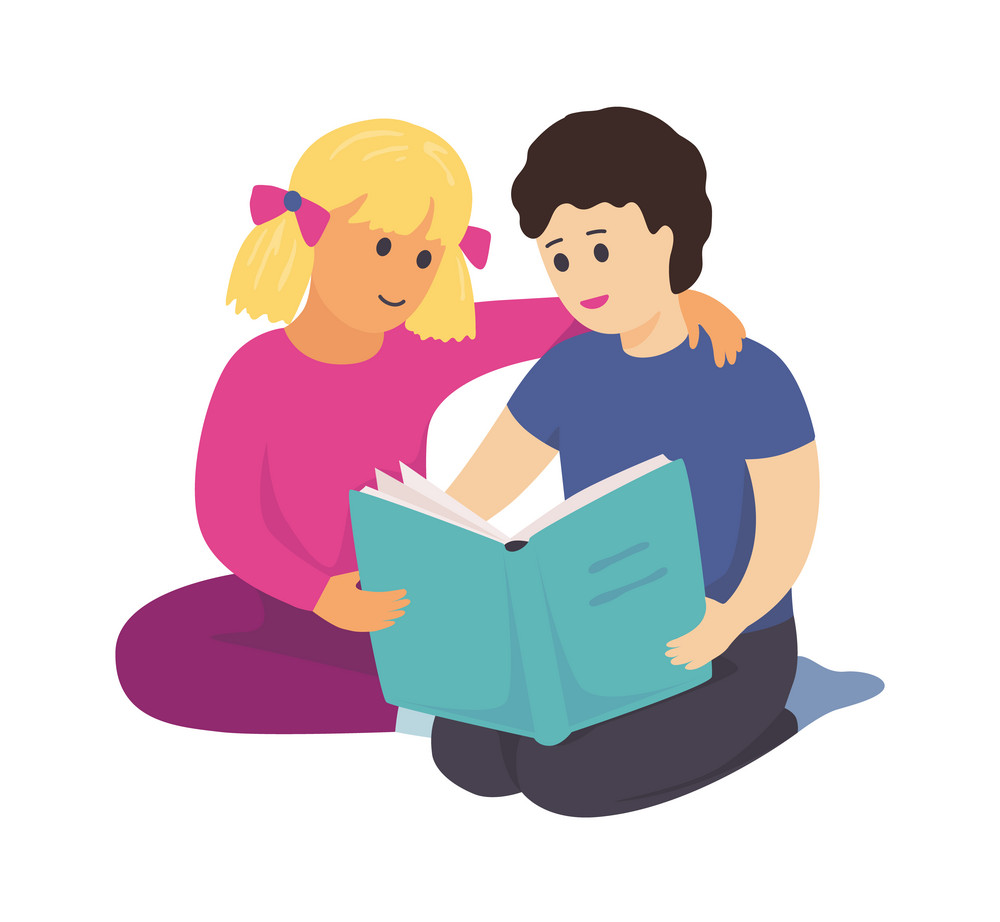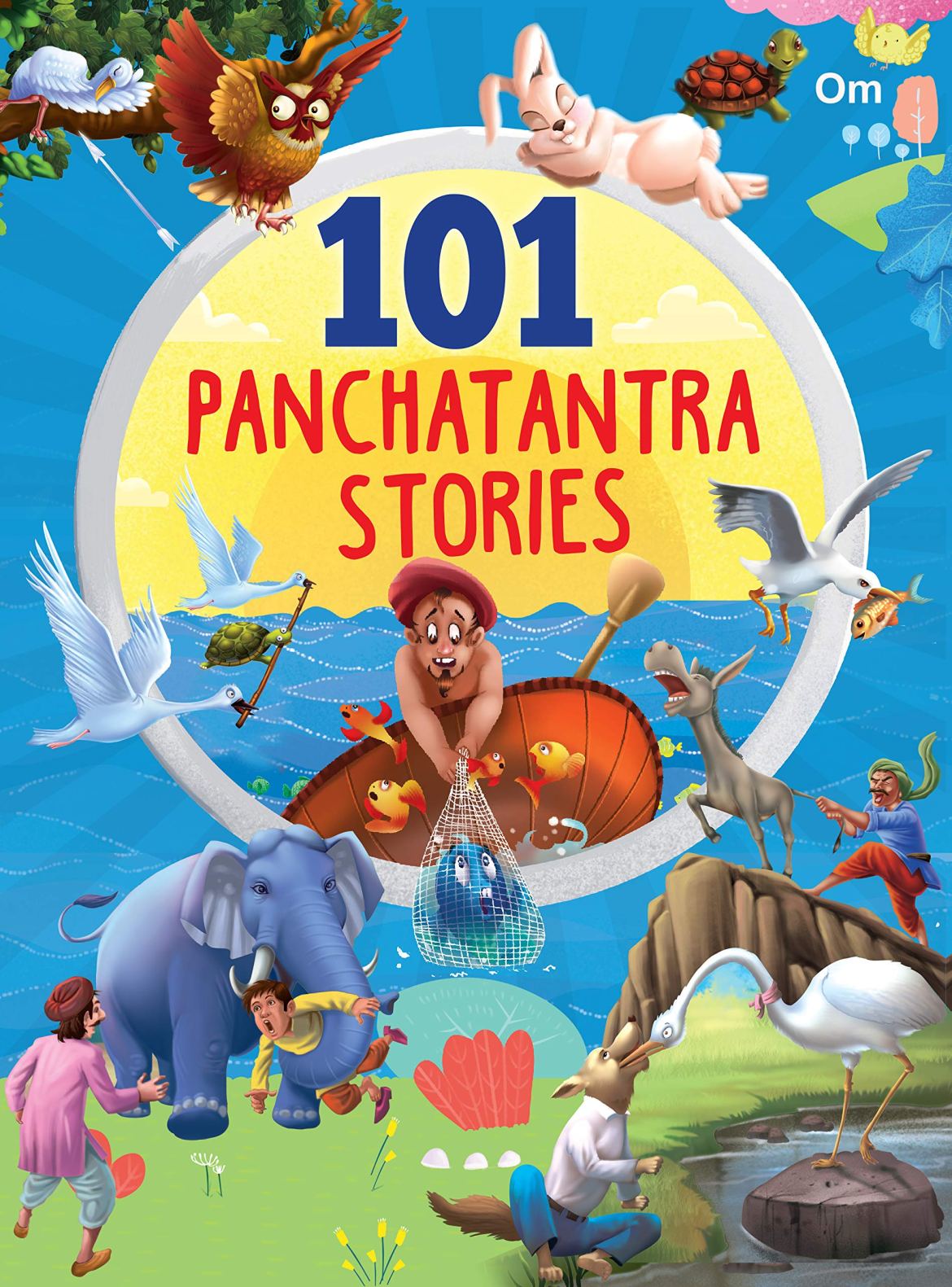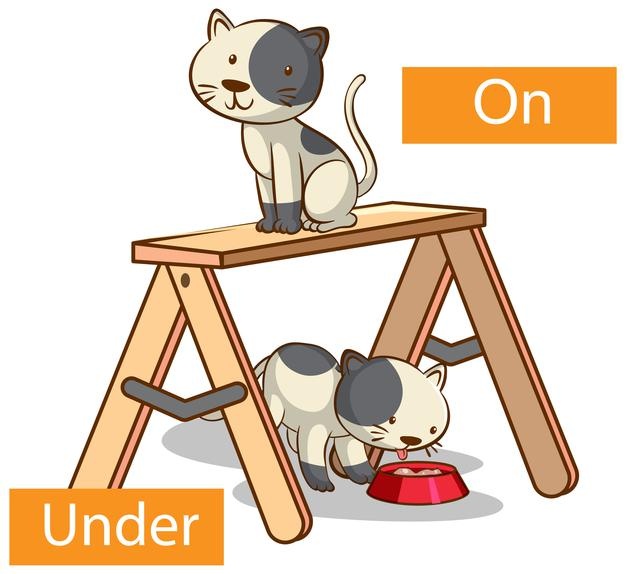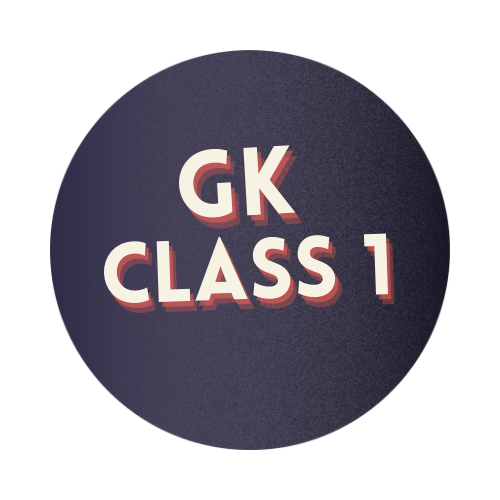EVS Worksheet : Solar System for grade 2 students
Solar system
The Solar System is the gravitationally bound system of the Sun and the objects that orbits around it, either directly or indirectly. Of the objects that orbit the Sun directly, the largest are the eight planets, with the remainder being smaller objects, the tiny planets and small Solar System bodies. Of the objects that orbit the Sun indirectly there are the natural satellites, the two are larger than the smallest planet, Mercury, and one more almost equals it in size.
Phases Of The Moon
we see 8 major moon phases . which in order are New moon, Waxing Crescent, First Quarter, Waxing Gibbous, Full moon, Waning Gibbous, Last Quarter, and finally Waning Crescent. But in general, they are forms of the 4 basic phases called new moon, crescent moon, full moon , and quarter moon.
Sometimes, its shape is full, half, or just a sliver line over the sky . The sun always lights up half of the moon’s face and the other half of it is in complete darkness. The moonlight we see is just the reflected sunlight. The moon has phases the wanes, waxes, and even sometimes we can’t even see the moon during its phases.
1.New Moon
This is the beginning portion of the moon’s phases. A new moon happens when the moon is located in between the sun and Earth. In this phase We typically cannot see the moon since the dark side of the moon is facing the Earth.
In other words, the sun id not shining on the moon’s surface from Earth’s perspective. That’s what makes it so hard for us to see a new moon.
New moons generally creates a solar eclipse where the moon blocks the sun’s rays and creates a shadow on parts of the Earth.
2.Crescent moon
This is the intermediate Moon phase that comes after New Moon and lasts until half of the Moon’s visible surface is illuminated . The Moon as it appears early in its first quarter or late in its last quarter, when only a small arc-shaped section of the visible portion is illuminated by the Sun the crescent symbol is primarily used to represent the Moon, not necessarily in a particular lunar phase.
3.Full moon
As you probably know, a full moon is when the entire moon is fully illuminate from the perspective of the Earth’s face . Full moons occur when the sun and moon are completely on opposite sides of Earth. Technically the moon is only 100% illuminated by the sun only for a few moments, but this phase also covers when the moon looks full but isn’t.
When the moon is at its closest point to the Earth in its orbit it is called the super moon , and at its farthest point, it is called a micro-moon. Another cool thing that occasionally happens during a full moon is when the moon passes through our Earth’s shadow, called as a lunar eclipse. During a lunar eclipse, the moon will be a reddish colour .
4.Quarter moon
It’s the moon phase halfway between new moon and full moon. – a waxing moon is also called a quarter moon, from Earth, it looks half-illuminated, like half a pie. During this phase, exactly one half of the moon appears illuminated, while the other is completely shadowed. The first quarter signifies the halfway mark to the full moon. The first quarter moon is best for standing your ground on your creative ideas .A week after Full Moon, the Moon reaches its Last Quarter. In this phase, the Moon is in quadrature and one half of the Moon’s disk is illuminated as seen from Earth. The Last Quarter Moon rises during midnight, transits the meridian at sunrise and sets at noon.
Instructions to solve the worksheet
Given below are pictures of different phases of the moon. Help your child to learn and fill the blank spaces using the hints given in the suggestion box.
Importance of Environmental Education for kids
- EVS helps children to develop their own insights into the functioning of several things or understanding human processes in their environment. Such interactions with their surrounding environment are immensely important for the healthy development of children.
- Not only does environmental education offer opportunities for experiential learning outside of the classroom, it enables students to make connections and apply their learning in the real world.
- EVS helps learners see the interconnectedness of social, ecological, economic, cultural, and political issues.
- By providing environmental education to students they will engage problem-solving techniques of the outer world to their subjects to understand a particular problem by implying outdoor environmental solutions.
- Environmental Education gives students a new meaning of exploring mother nature to see and resolve the issues which are harmful to the environment and this will also help them in maintaining their own health by doing physical work so that their bodies will be immune from some serious health issues such as short-sightedness, obesity and in some cases even lack concentrations
- The one major issues which we need to deal with is pollution and if we don’t educate our kids about the hazardous effects of environmental damage there will be no future of the world.




















